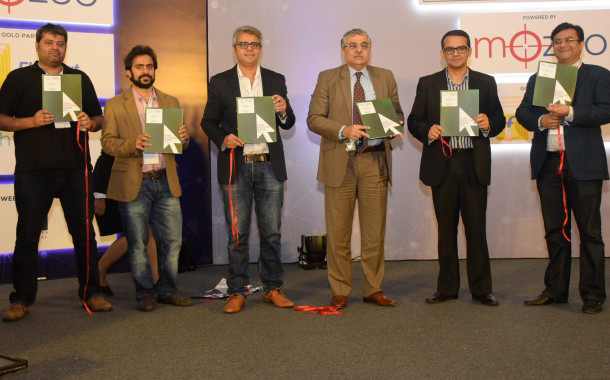Digital media has been the forerunner of growth for the advertising industry in India. Every year, an increasing proportion of marketing budget is spent on digital media due to the increasing affinity of the consumer towards digital experience.

Consequently, the share of spends on digital media in India, which currently stand at 12%, is expected to reach a whopping 24%of the total advertising pie by the end of 2020,says the latest edition of the Digital Advertising Report 2017 from the Dentsu Aegis Network India stable.

The DAN-E4M Digital Report, now in its first edition, has been conceptualised by Dentsu Aegis Network India in collaboration with Exchange4Media.com. The report, henceforth, will be an annual phenomenon that will be put together after extensive research and study by the digital agencies, under the supervision of the Digital Council members of the Dentsu Aegis Network. It is important to note here that the latest Fractal acquisition has now brought together a team of over 1,000 digital experts inside Dentsu Aegis Network, the largest in India, including the combined Isobar team and the existing network digital brands iProspect, WATConsult and Dentsu Webchutney.

Ashish Bhasin, Chairman and CEO, Dentsu Aegis Network South Asia, said, “Ashish Bhasin, Chairman and CEO, Dentsu Aegis Network South Asia, said, “The digital ecosystem in India today stands for innovation and growth. Yet, there is no consistent and rigorous research data to back up and push this growth forward. Not to forget, the several researches that are provided to us today through a variety of industry reports do not talk about the advertising categories within digital. Consequently, Dentsu Aegis Network, which today stands at the forefront of digital evolution, decided to come up with an extensive and comprehensive digital study that can further help understand the needs, the gaps and the challenges that this industry faces when it comes to digital. We recognise that there is a need for an industry level research report which not only covers the market size but also gives a direction towards which this industry is moving. It will be an annual report and I strongly believe that it will eventually become the most credible source of information when it comes to digital in India.”

The digital advertising industry currently stands at INR 6, 825 crore and is expected to grow at a CAGR of 37% to reach INR 23,795 crore by 2020. Increase in consumer adoption of mobile phones as an important medium of communication along withincreased Internet usage will act as the key catalysts in taking this growth forward, spurred by falling data prices.

A Few Key Highlights
- It is observed that a large majority of Internet users in India are extremely comfortable viewing content and interacting in their respective local languages. Therefore, the growth in digital will also be propelled by the opportunity that marketers will see in attracting a diverse set of audiences by including local language content within their portfolio.
- Richer audience engagement, inclusion of the rural consumer, automation and data analytics are going to be the focus areas for advertisers and agencies in the next three years. The next big wave of Internet users is going to come from rural India, presenting an elaborate opportunity to advertisers to tap that market. Foray into richer audience engagement has already begun with the advent of native advertising and is going to evolve more with the higher adoption of Programmatic and data analytics.
- Social media and search take the lion’s share of digital ad spends in India. While 28% of the total digital ad spends (INR 1,911 crore) is made on social media, spends on search follows next with a 27% share (INR 1,843 crore). Spends on display stand at 20% (INR 1,345 crore) while that on video is at 18% (INR 1,249 crore).
- E-commerce is the biggest spender on digital media, accounting for 19% or INR 1,309 crore of the total digital spends. This is followed by FMCG, which accounts for 14% (INR 935 crore),telecom (12%) and BFSI (11%). The other significant contributors are consumer durables (9%), automotive sector (8%), media &entertainment (8%) and retail (6%).

















